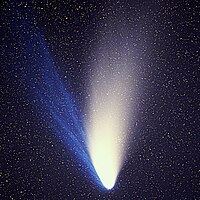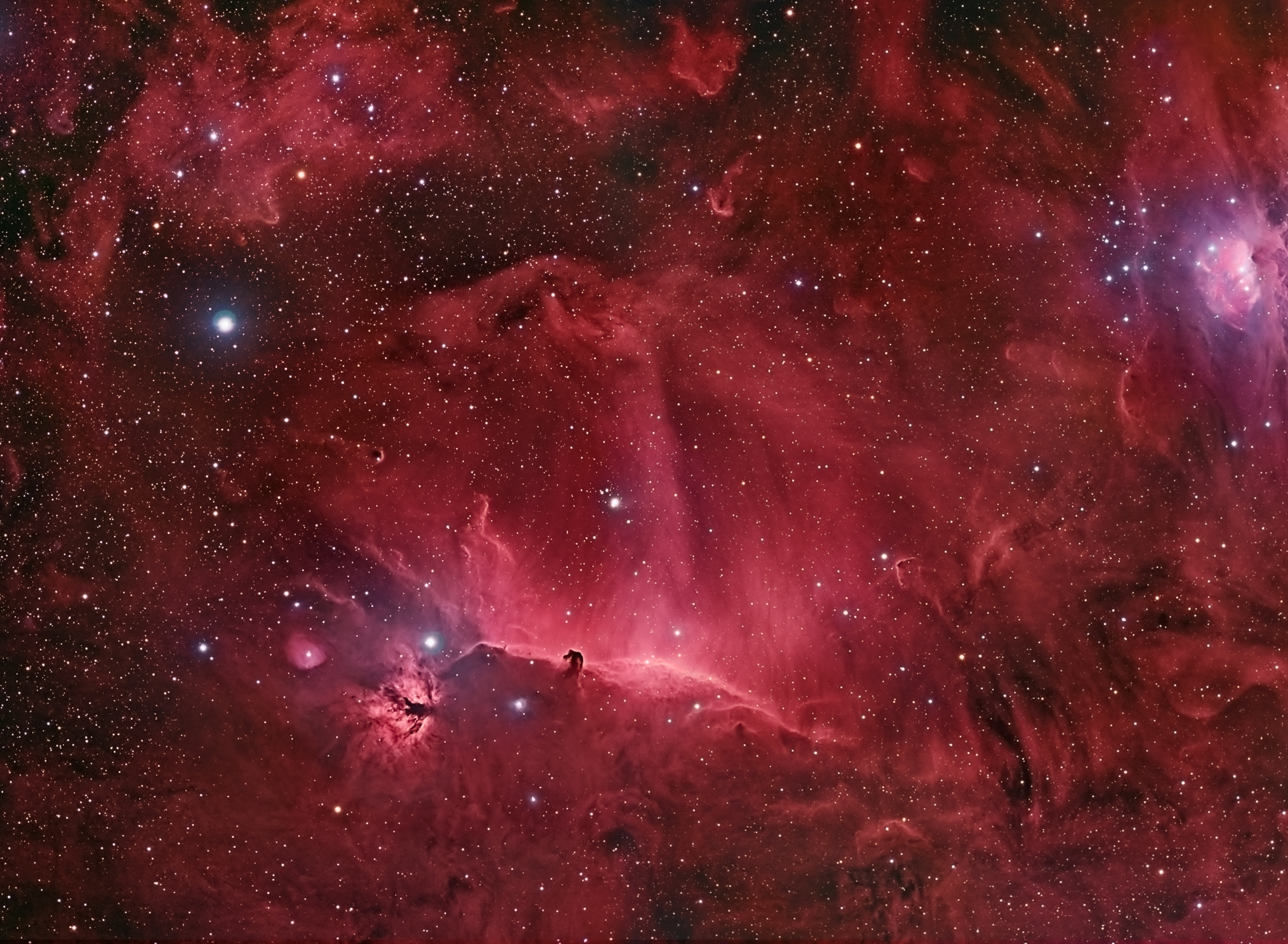Summer is prime time to look into the heavens and touch the wonder of the
Galactic Center, the heart of our own Milky Way galaxy. Two bright constellations guide you to the center of the Milky Way,
Scorpius and
Sagittarius, which are easy to spot due south each evening shortly after sunset.
 |
| The Galactic Center |
Our own Sun and Solar System occupy their special place 30,000 light years from the center of the
Milky Way, and as we look out and around us into space, we view our own galaxy from within, along the spiral arms and toward the center. Many have seen the lovely band of the Milky Way when camping or far away from city lights, but the faint river of light is all but invisible in any urban area. Nonetheless, with binoculars, you can see deeper into the sky and discover some of the deep space wonders and faint objects that are visible between our own location and the center of the galaxy, an area full of star clusters and nebulae. So I encourage everyone to get a pair of binoculars, face south, and using the star chart (above) as a guide, aim between Scorpius and Sagittarius and meander from there upwards. You will encounter the
Lagoon Nebula and the nearby
Trifid Nebula, easily visible in city lights if you use a telescope or binoculars, and many more
Messier Objects, the fuzzy blobs that dot the sky near the
Galactic Center.
In six months, when the Earth has traveled half-way around the Sun, we'll be able to look in the opposite direction, toward the
Galactic Anticenter, as I have described in a previous blog post. That is interesting to consider, but more exciting is the Summer when we can enjoy our own galaxy's finest wonders on full display.
Here's a link to an
image of the Galactic Center on Sky & Telescope's website.
Image courtesy SkySafari.
















